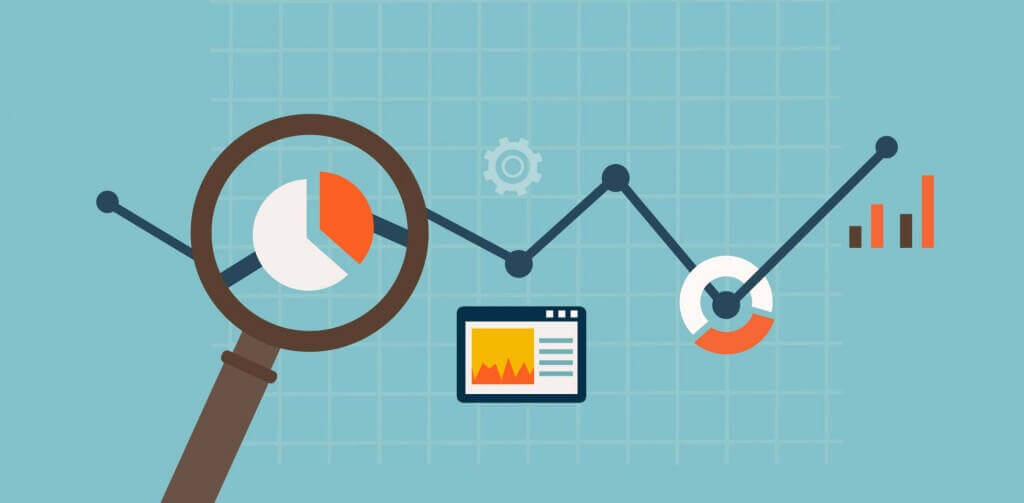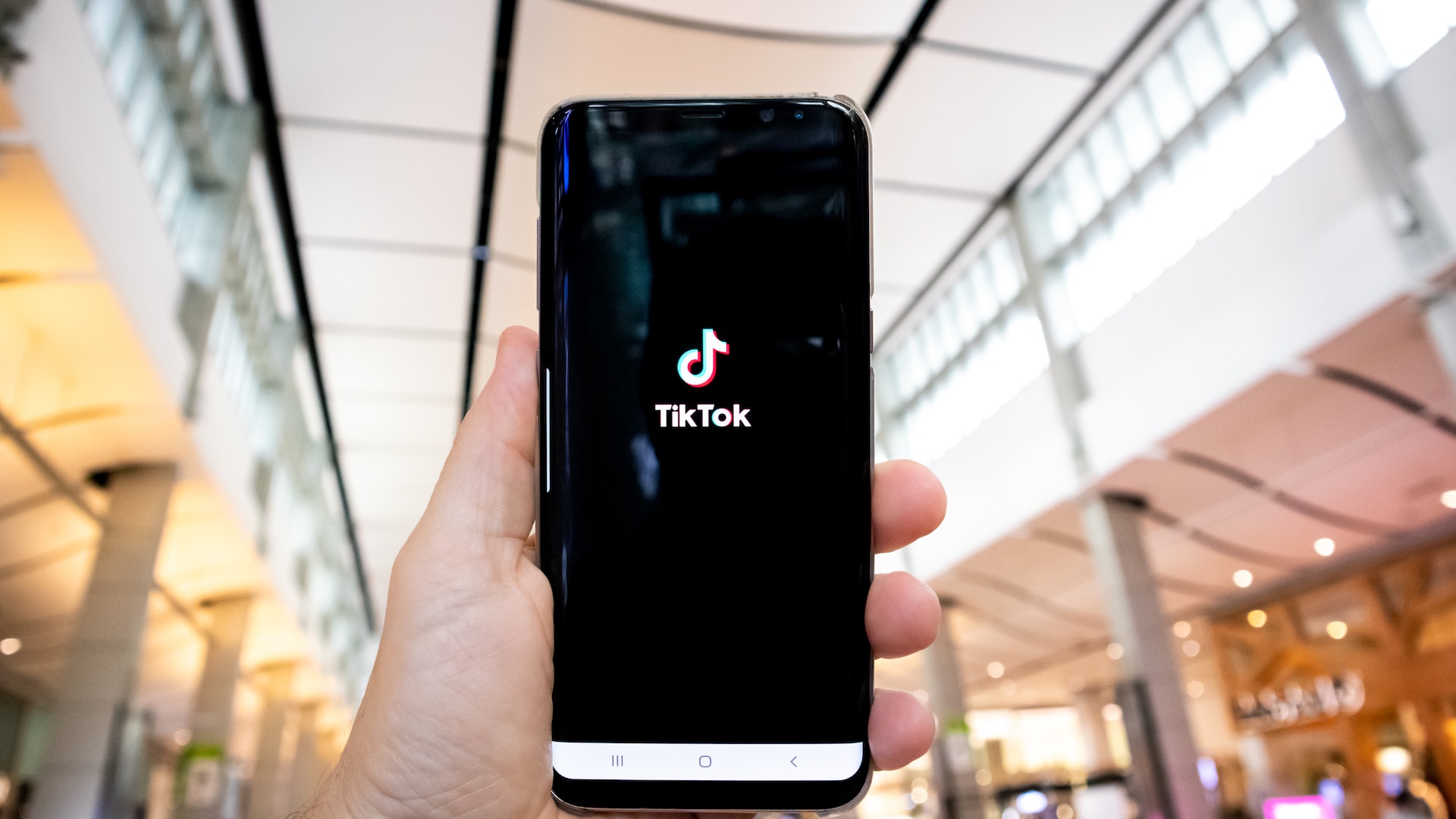
Metrics are like best friends, there to guide you and support your instincts in times of uncertainty.
NB: This is an article from Tambourine
But, like BFFs, metrics can occasionally throw you a curve and – let’s be honest — nothing can make your stomach drop faster than a negative stat.
One negative stat can send your marketing team running in all directions trying to understand exactly what happened. But, more often than you might think, underperforming metrics may actually signal something positive for your property.
Follow along as we dissect the true meaning behind the metrics and why they aren’t as scary as you think.
1. Website Revenue Is Down Year Over Year
Guess what? One of the most popular ways to evaluate your property’s marketing performance is sometimes inaccurate.
Website revenue is just ONE marketing channel.
Sometimes when one channel is up, it might be at the expense of another channel. Before you sound the alarm: CHECK YOUR OCCUPANCY.
Your website bookings may have decreased, but how’s your occupancy? If occupancy is up, that may simply mean you don’t have any available inventory. Less inventory means less availability for bookings made through your website.
That’s a pretty terrific problem to have!
So go easy on your marketing team this month. You’re killing it.
2. Paid Website Traffic Is Down Year Over Year
Don’t panic! It’s time to analyze the bigger picture.
When it comes to website traffic, quality is more important than quantity.
Let’s face it, driving tons of traffic is easy. But driving quality traffic is what moves the needle. Before you sound the alarm: CHECK THE QUALITY OF TRAFFIC.
Check your entrances into the booking engine. After all, that’s the true metric that matters. Are entrances higher or lower than last year? If you don’t see a huge discrepancy, then it’s likely that marketing is driving lower volume, but higher quality traffic. In other words. Spending less to get the same results. And that’s a really good thing.
3. Your Bounce Rates Are High, Really High
Take a deep breath. Your bounce rate is saying a lot of things. And most of them aren’t what you think.
Marketers have been trained to associate high bounce rates with either poor quality traffic to the website or driving the right traffic to the wrong page.
But more often than you’d think, it’s something else entirely. Before you sound the alarm: UNDERSTAND BOUNCE RATES BETTER.
All a bounce means is that a visitor came to the first page of your site and didn’t perform a second action in 30 seconds. Google can’t distinguish between a good and bad interaction, so your visitor may have found the info they needed and left satisfied, or not. Both experiences count as a bounce.
Most modern websites are streamlined to create a better user experience. On a well-designed website, guests orient themselves quickly, get the information they need, and exit. Think about your special offers page. How long would it take to browse it and make an informed decision?
Remember, a bounce doesn’t necessarily mean your visitor left quickly either. It just means they only browsed one page before leaving.



